The gardens at Vladimir Putin’s palace sit in the cool shadow of pine trees, on a spectacular strip of coastline along the Black Sea.
It’s said that there are 40 gardeners, a private oil pipeline, a helipad, church, cinema and amphitheatre. It is believed to be world’s largest private residence.
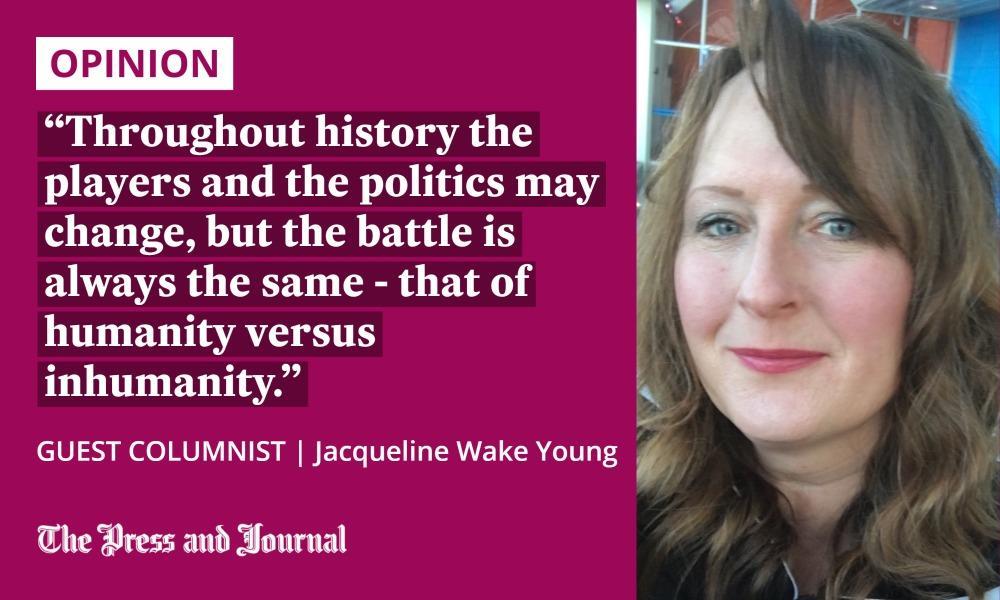
What’s that you say? You didn’t know Putin had a palace? Well, officially, he doesn’t.
Rest assured, comrade, the Italianate complex high on the headland, with its no-fly zone and tunnels through the mountain to the beach, belong to the Russian president’s billionaire friends – it’s all completely above board.
It is not, as Russian opposition leader Alexei Navalny said, the product of the “biggest bribe in history” because Putin is “obsessed with wealth and luxury”. That’s just one big misunderstanding, take it from the Kremlin.
The story of Putin’s palace offers us just another glimpse as to the nature of the beast – but what are we to do with a man such as this?
On a global scale, we’ve got Nato organising its response to the invasion of Ukraine and the international community imposing economic sanctions.
At the other end of the scale, we are lighting up monuments and changing Facebook profiles to bear the colours of the Ukrainian flag.
We are denouncing, donating and staying informed because, added all together, these actions matter.
For some of us, the Cold War was part of childhoods and we thought we’d put the spectre of a nuclear war to rest long ago. And, yet, here it is, stirring once more.
There’s a new threat in town
It’s understandable to feel helpless or even a little afraid – not to mention angry that, just when we thought we’d turned a corner in the battle against Covid, the world is faced with a new threat.
In fact, it’s not just understandable, it’s useful. Emotional responses are what fuel our reactions and then our actions. It’s because of how we feel about Putin’s brutality that we are applying pressure on all fronts.
Strong emotions, such as anger and passion, keep the Navalnys of the world fighting for what they believe in – undeterred by even poisoning and prison.
One of the first areas the Russian Army took over in Ukraine was Chernobyl, the site of the 1986 nuclear reactor disaster.
Compare and contrast this senseless move with the actions of local charity Friends of Chernobyl’s Children, through which families provide a “month of love and care” in Moray each year.
Throughout history, the players and the politics may change, but the battle is always the same – that of humanity versus inhumanity.
And the takeaway is as simple as this: there is more good than bad.
When you look at it like that, it’s a war we’ve already won and continue to win every day.
Jacqueline Wake Young is a features writer for The Press & Journal who has worked in radio, regional and national newspapers and digital media since 1991
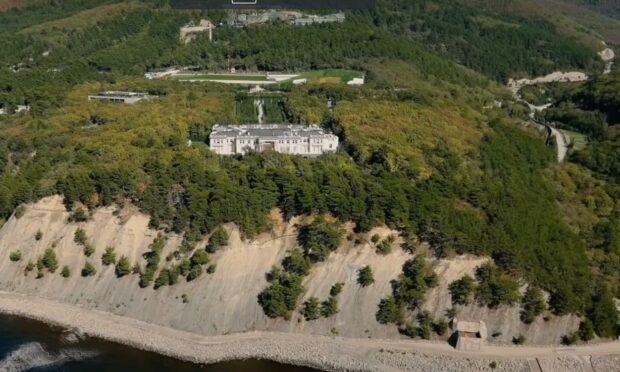
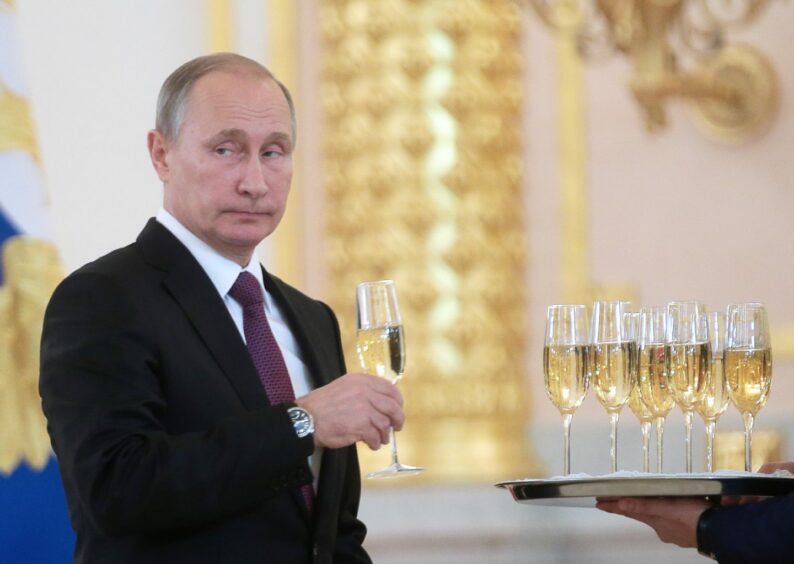
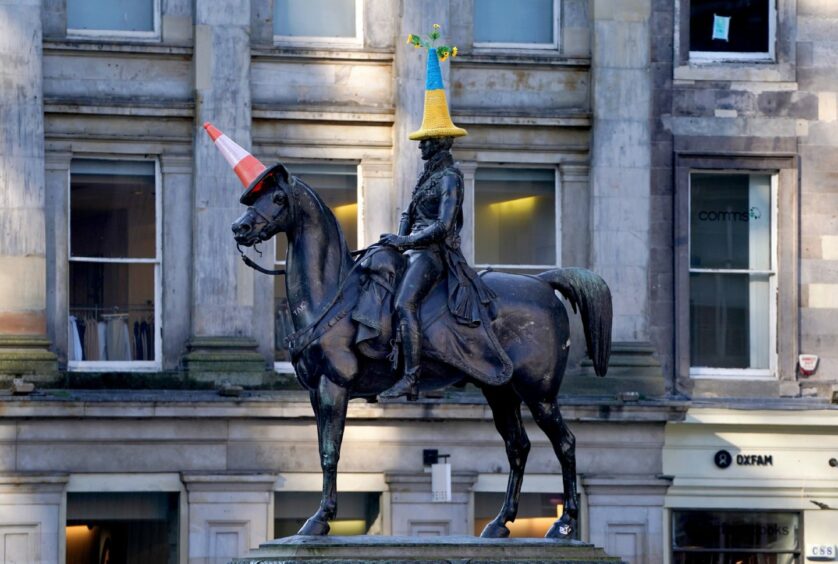
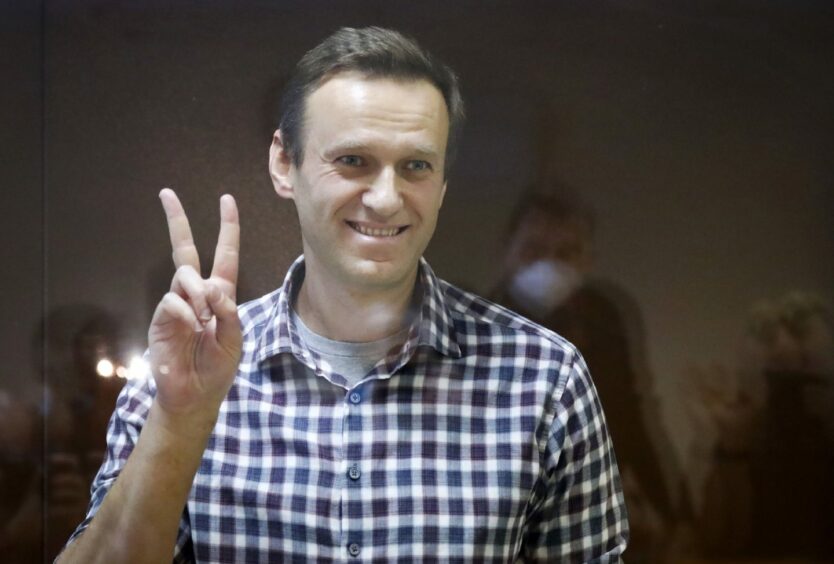
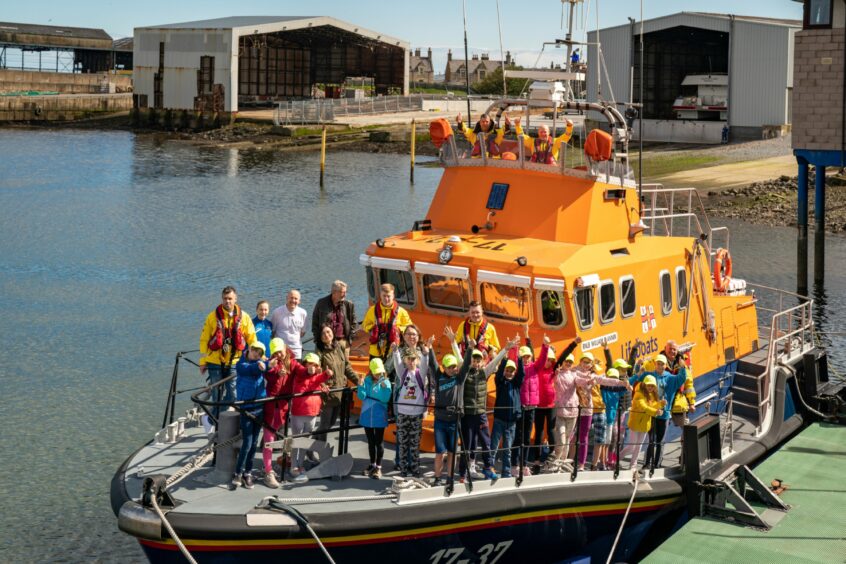
Conversation